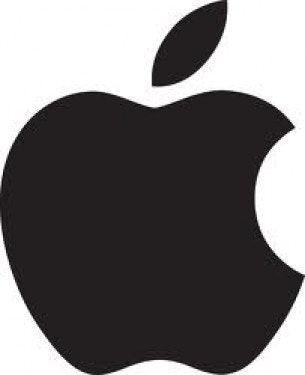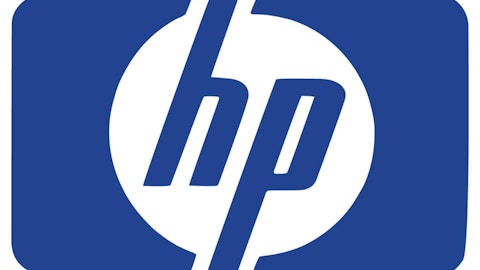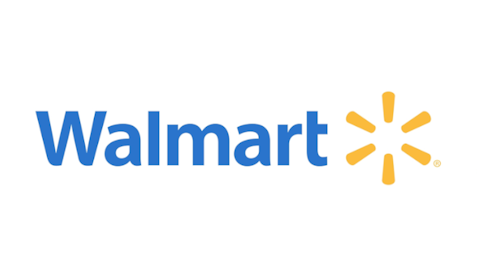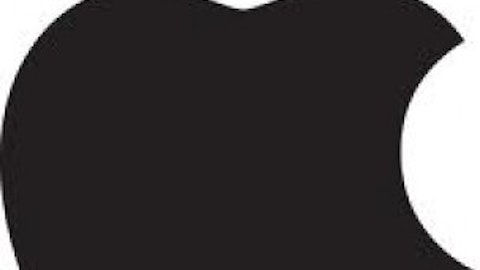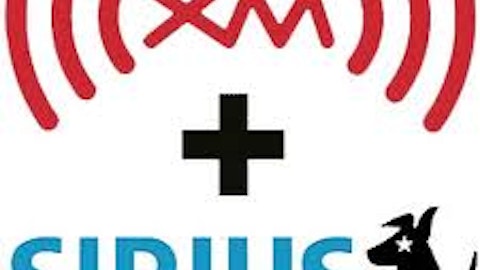It’s a story many investors likely know all too well by now. Apple Inc. (NASDAQ:AAPL), stuck in a post-Steve Jobs era innovative lull, is no longer the darling of the growth investor community. The often irrational Mr. Market has taken a big bite out of the company, sending shares down 39% from their all-time high of $702 reached last year.
Should investors close the book on the $405 billion company and turn their attention elsewhere? Or is there still a compelling enough reason to pick this Apple out of the market’s dumpster?
A shiny Apple along with a few bruises
Apple Inc. (NASDAQ:AAPL)’s fall from grace has indeed been well-documented. The company’s legions of fans have waited in angst over the past couple years, with few exciting new product developments to satiate what was once an unquenchable thirst for anything Apple. Making matters worse, a growing number of shareholders, particularly at the institutional level, have lost patience while the stock languishes with a comically low valuation.
On the subject of valuation, the “is Apple cheap or isn’t it” debate has been held many times, with an equal number of arguments on both sides throughout the financial media.
Where Apple Inc. (NASDAQ:AAPL) stock goes from here is a mystery. Unfortunately, despite what many financial pundits would like to believe, nobody can predict the future. But even if you think Apple has further to fall, it’s getting extremely difficult making the case that the stock isn’t cheap at current levels.
A stock that’s in good company
Apple stock currently trades for slightly less than 10 times the company’s 2012 diluted earnings per share. If you think that seems low, Apple Inc. (NASDAQ:AAPL) isn’t alone among the technology stock universe struggling with low valuation multiples.
Fellow tech giants Cisco Systems, Inc. (NASDAQ:CSCO) and Microsoft Corporation (NASDAQ:MSFT) are similarly priced.
Cisco Systems, Inc. (NASDAQ:CSCO)’s third-quarter net sales increased 5% year-over-year and GAAP earnings per share increased an impressive 15% versus the same period in 2012. The company is firing on all cylinders right now, and after boosting its shareholder payout by 75% late last year, provides investors a 2.7% dividend yield.
Despite these solid numbers, Cisco trades for just 14 times trailing earnings per share and 11 times forward EPS.
Ditto for Microsoft Corporation (NASDAQ:MSFT). The software juggernaut trades for just 13 times its 2012 earnings if you strip out the goodwill impairment charge that dragged down last year’s EPS.
Moreover, the company is off to a decent start to the current fiscal year, reporting 4% revenue growth through the first nine months, year-over-year.
In addition, Microsoft Corporation (NASDAQ:MSFT) has a fortress-like balance sheet. The company is one of only four to hold a triple-A credit rating from Standard and Poor’s. At the end of its most recent quarter, Microsoft Corporation (NASDAQ:MSFT) held nearly $75 billion in cash, equivalents, and short-term investments.
